This policy is considered by public opinion to be very humane, demonstrating the deep concern of the Party and State for students in border areas. On November 9, the construction of primary and secondary schools in the border communes will be started simultaneously, making the dream of studying and living in new, spacious schools of hundreds of thousands of border students soon come true.
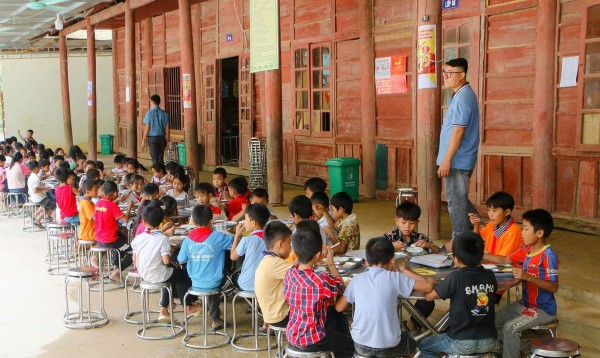
According to statistics from the Ministry of Education and Training , the country currently has 956 general schools in 248 land border communes. Of these, there are only about 22 ethnic boarding general schools (PTDTNT) with a scale of 7,644 students, accounting for only 2.3% of the total number of schools and 1.2% of the number of general students in the area enjoying the State's boarding policy; there are about 160 ethnic boarding general schools (PTDTBT), with a scale of 51,131 students, accounting for only about 16.7% of the total number of schools and 8.18% of the total number of general students in the land border communes enjoying the State's boarding policy.
Of the total 625,255 students in the border communes, the number of students who are not qualified to study at the boarding schools for ethnic minorities and those who need to be boarders or semi-boarders is about 273,244 students, accounting for 43.7% of the total current number of general education students. From the above statistics, it can be seen that the number of students who need to be boarders or semi-boarders in the border communes accounts for a very high proportion. In addition, the physical conditions of schools and classrooms in the border communes are still very difficult and lacking, not meeting the minimum requirements, not ensuring to meet the boarding and semi-boarding needs of students; the teaching staff is still lacking and has not been arranged properly, greatly affecting the quality of education , leading to not ensuring fairness in education.
To improve the quality of education, narrow the regional gap, and create a source of quality cadres in border areas to meet the requirements of national development in the new period, the Ministry of Education and Training has reported and proposed to the Party and State leaders, headed by General Secretary To Lam, on the policy of building vocational training schools for students in remote, border, and island areas, especially in land border communes. According to Conclusion Notice No. 81-TB/TW dated July 18, 2025 of the Politburo on the policy of investing in building schools for border communes and Resolution No. 298/NQ-CP dated September 26, 2025 of the Government promulgating the Government's Action Plan to implement Conclusion Notice 81, the whole country has 248 land border communes planned to invest in 248 rural training schools at the primary and secondary levels. Of these, 100 schools were selected for phase 1 construction investment, with a total investment capital requirement of nearly 20,000 billion VND.
The groundbreaking ceremony for inter-level vocational training schools in land border communes will take place simultaneously on November 9 in provinces and cities nationwide including: Thanh Hoa, Lang Son, Cao Bang, Lao Cai, Tuyen Quang, Dien Bien, Lai Chau, Son La, Nghe An, Ha Tinh, Quang Tri, Dak Lak, Lam Dong and An Giang.
This is an activity to concretize the Party and State's policy of investing in the construction of primary and secondary vocational schools in 248 land border communes. Notably, the schools that were simultaneously started on November 9 are all on the list of 100 schools approved by the Government for investment in 2025, expected to be completed and put into use before the start of the 2026-2027 school year; at the same time, they are identified as "model schools", ensuring both advanced facilities and being a model in educational organization, management and operation. The schools are built to comprehensively develop students in terms of morality, intelligence, physical fitness and aesthetics, with spaces for studying, sports, music, fine arts, career guidance, cultural development, while ensuring adequate boarding and semi-boarding conditions. This is also the first step towards completing 248 schools in the 2025-2028 period, contributing to gradually eliminating regional gaps and creating a sustainable knowledge belt in the border areas.
Many experts and education managers highly appreciate this humane policy of the Politburo, which demonstrates the deep concern of the Party and State for students in border areas; aiming at the goal of ensuring fairness in access to education and narrowing regional disparities.
Ms. Nguyen Thi Viet Nga, member of the National Assembly's Committee on Culture and Society, who participated in many supervisions related to education in schools, remote areas, and border areas, said that over the past years, the Party and the State have had many policies to develop education in mountainous areas, especially border localities. However, besides the very good results, education in these areas still has many difficulties such as infrastructure, especially schools; schools are not yet solid, lack of teachers... In that context, the policy of the Politburo to invest in building primary and secondary schools in 248 border communes is a very important, extremely timely and correct social security policy.
This important policy will help narrow the gap in education in particular and more broadly in human resource development and socio-economic development in general between mountainous and lowland areas.
In the long term, the network of inter-level vocational schools in border communes will create local human resources, and more importantly, strengthen the people's national defense and security posture from a knowledge foundation; contribute to improving people's knowledge, creating a source of ethnic minority cadres, improving life, and maintaining border sovereignty with the power of education.
Minister of Education and Training Nguyen Kim Son said: Along with the construction of inter-level vocational training schools in land border communes, the Ministry of Education and Training is coordinating with ministries, branches and localities to research and develop specific policies to arrange, train, attract and retain a team of competent and dedicated teachers to meet the educational requirements of border areas. The policies are expected to be issued before the 2026-2027 school year, in sync with the progress of completing the projects. For students in border areas, they will study and live in a modern, safe, fully equipped environment, with the State ensuring accommodation, training and capacity development. The goal is to ensure fairness in access to education, improve people's knowledge, train local human resources, and contribute to sustainable development of border areas.
Source: https://baolaocai.vn/chu-truong-nhan-van-gop-phan-tao-dung-vanh-dai-tri-thuc-ben-vung-noi-bien-cuong-post886387.html






![[Photo] Cutting hills to make way for people to travel on route 14E that suffered landslides](https://vphoto.vietnam.vn/thumb/1200x675/vietnam/resource/IMAGE/2025/11/08/1762599969318_ndo_br_thiet-ke-chua-co-ten-2025-11-08t154639923-png.webp)



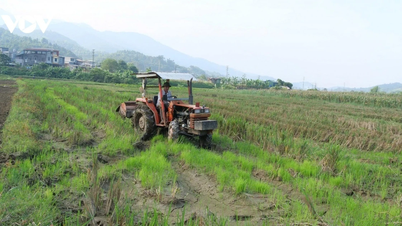
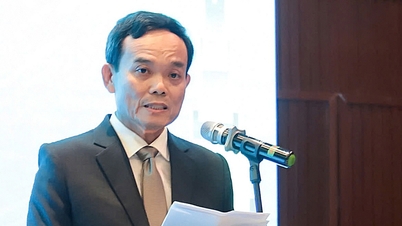














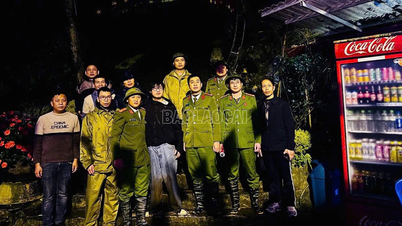












![[Video] Hue Monuments reopen to welcome visitors](https://vphoto.vietnam.vn/thumb/402x226/vietnam/resource/IMAGE/2025/11/05/1762301089171_dung01-05-43-09still013-jpg.webp)
































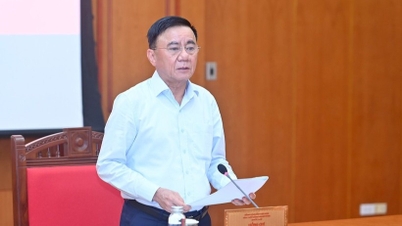




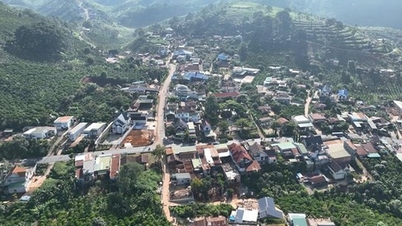






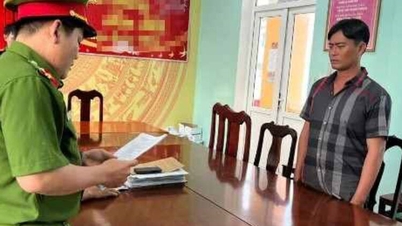





![Dong Nai OCOP transition: [Part 2] Opening new distribution channel](https://vphoto.vietnam.vn/thumb/402x226/vietnam/resource/IMAGE/2025/11/09/1762655780766_4613-anh-1_20240803100041-nongnghiep-154608.jpeg)













Comment (0)